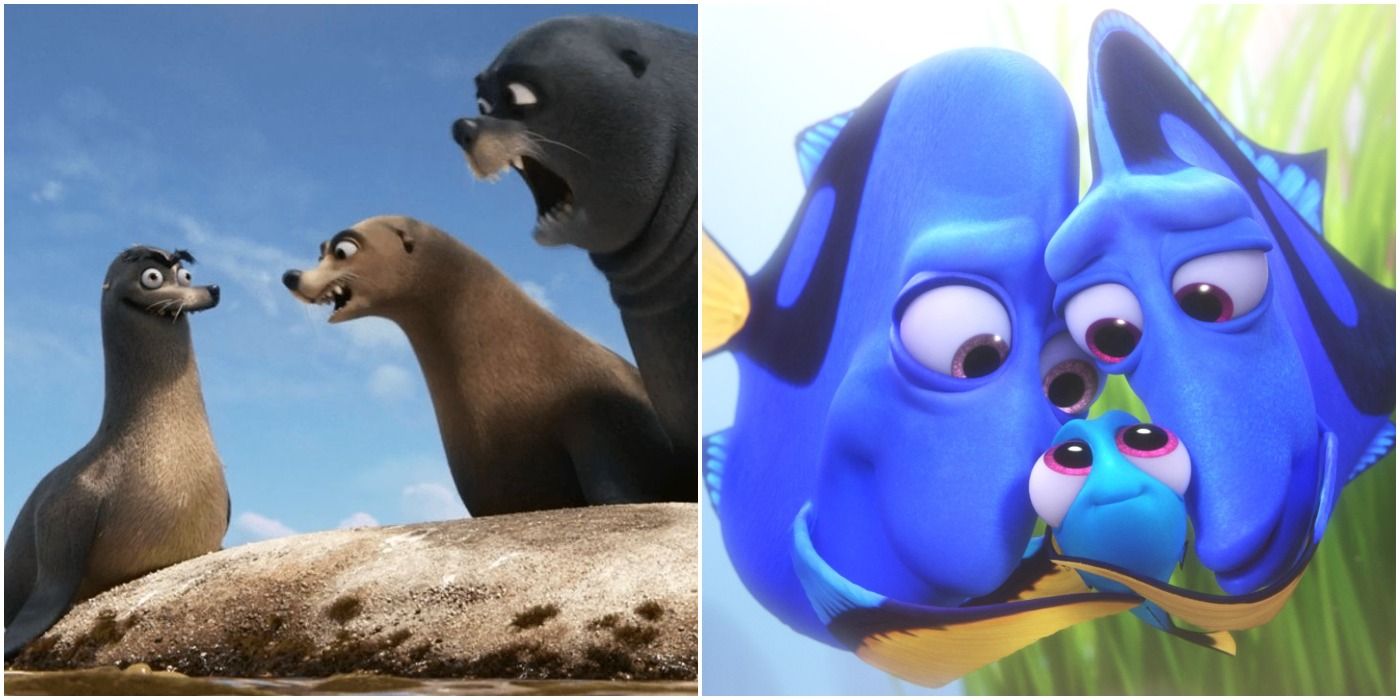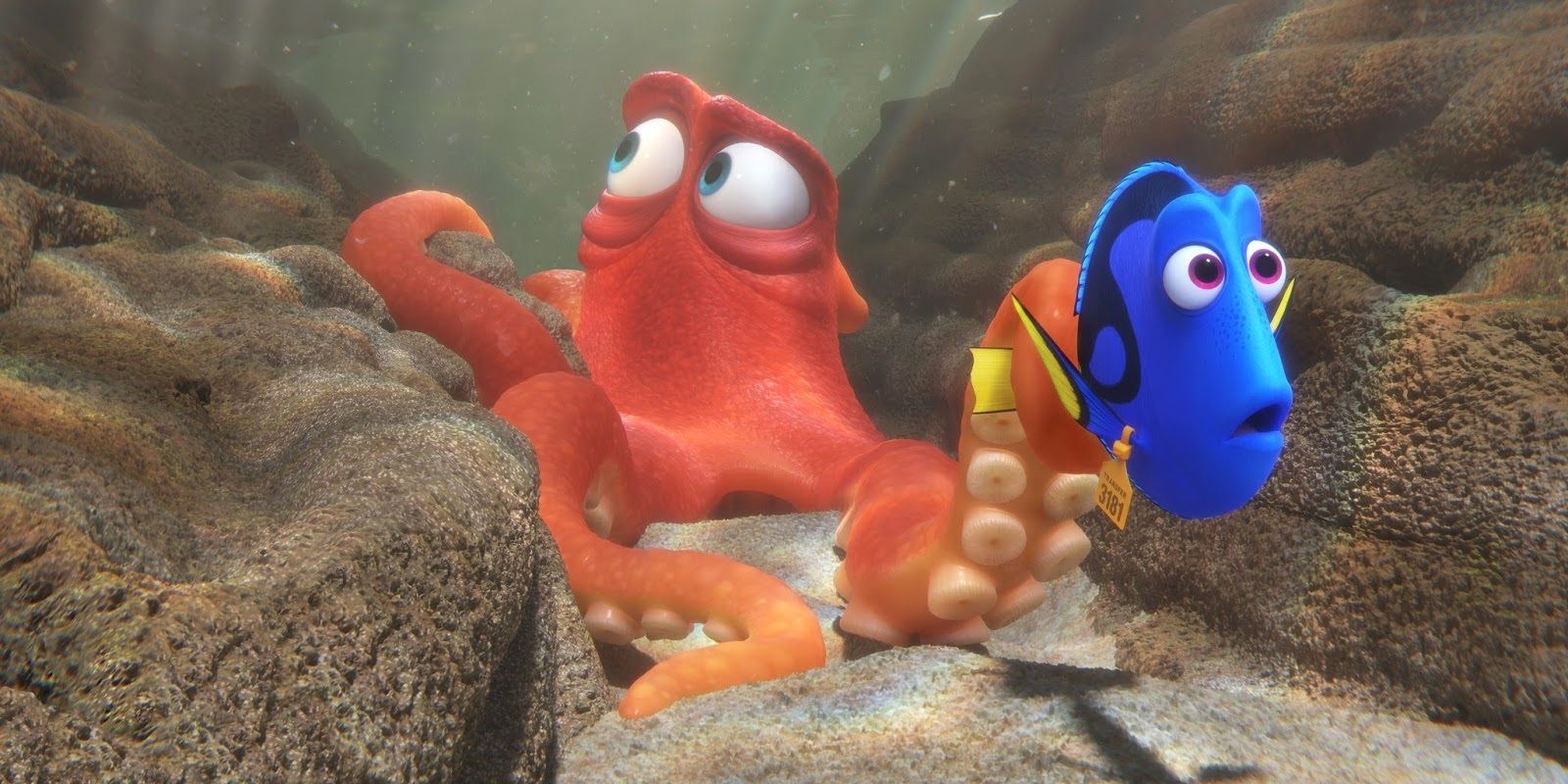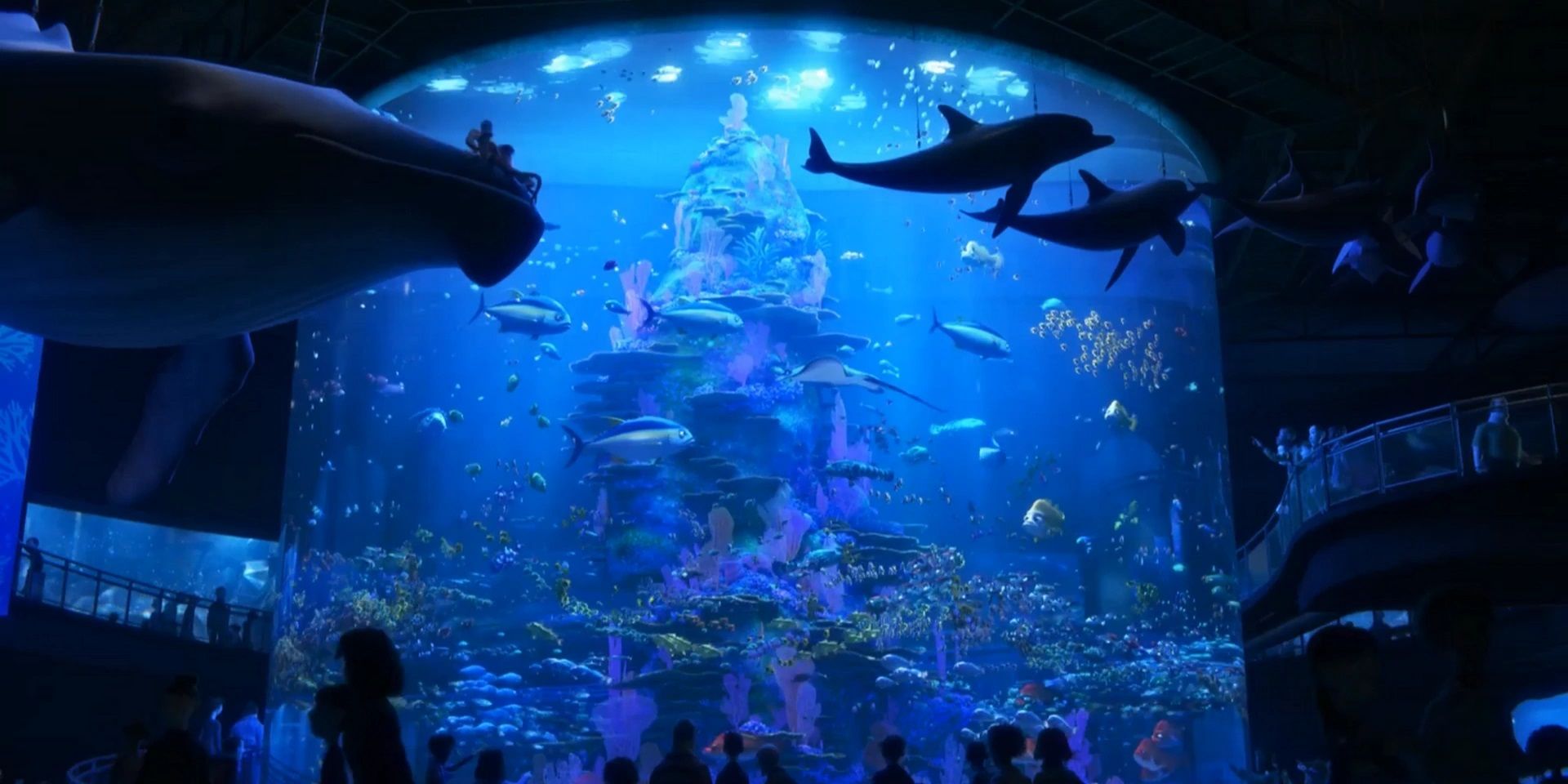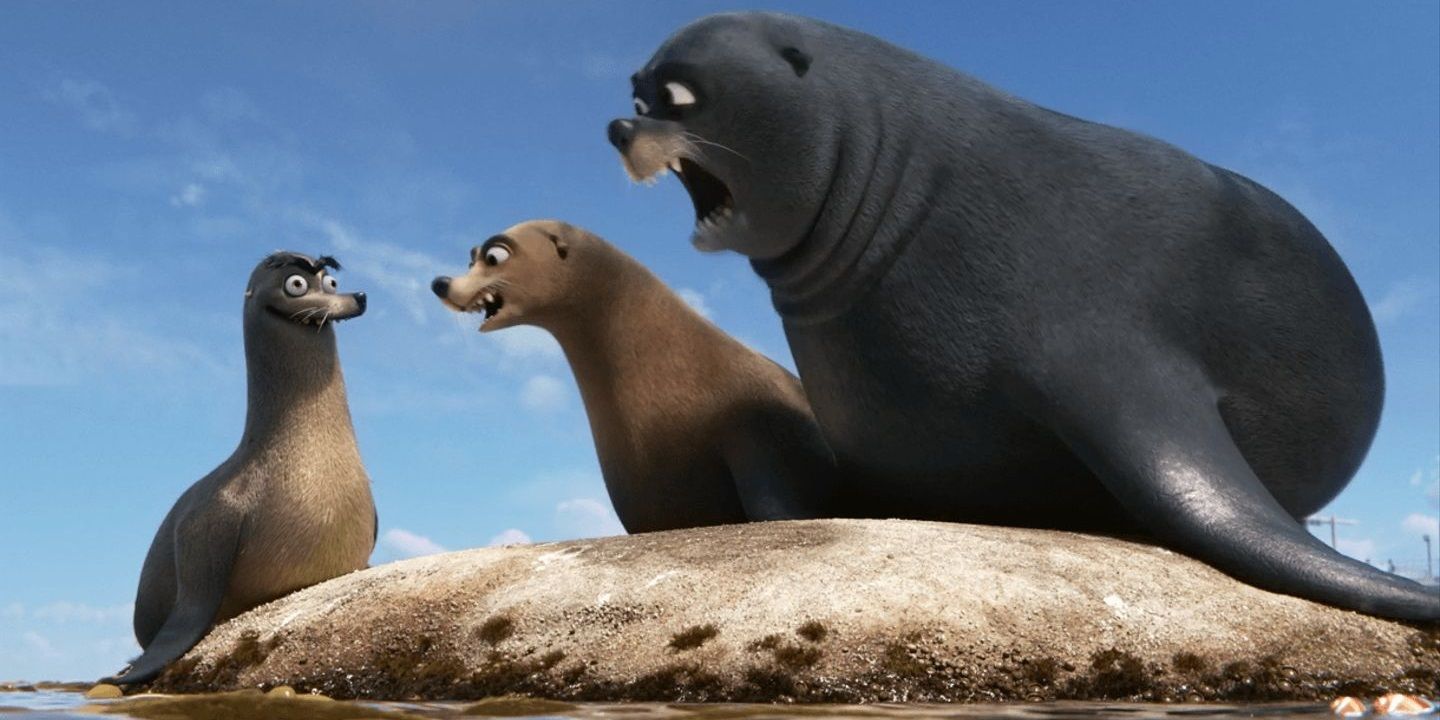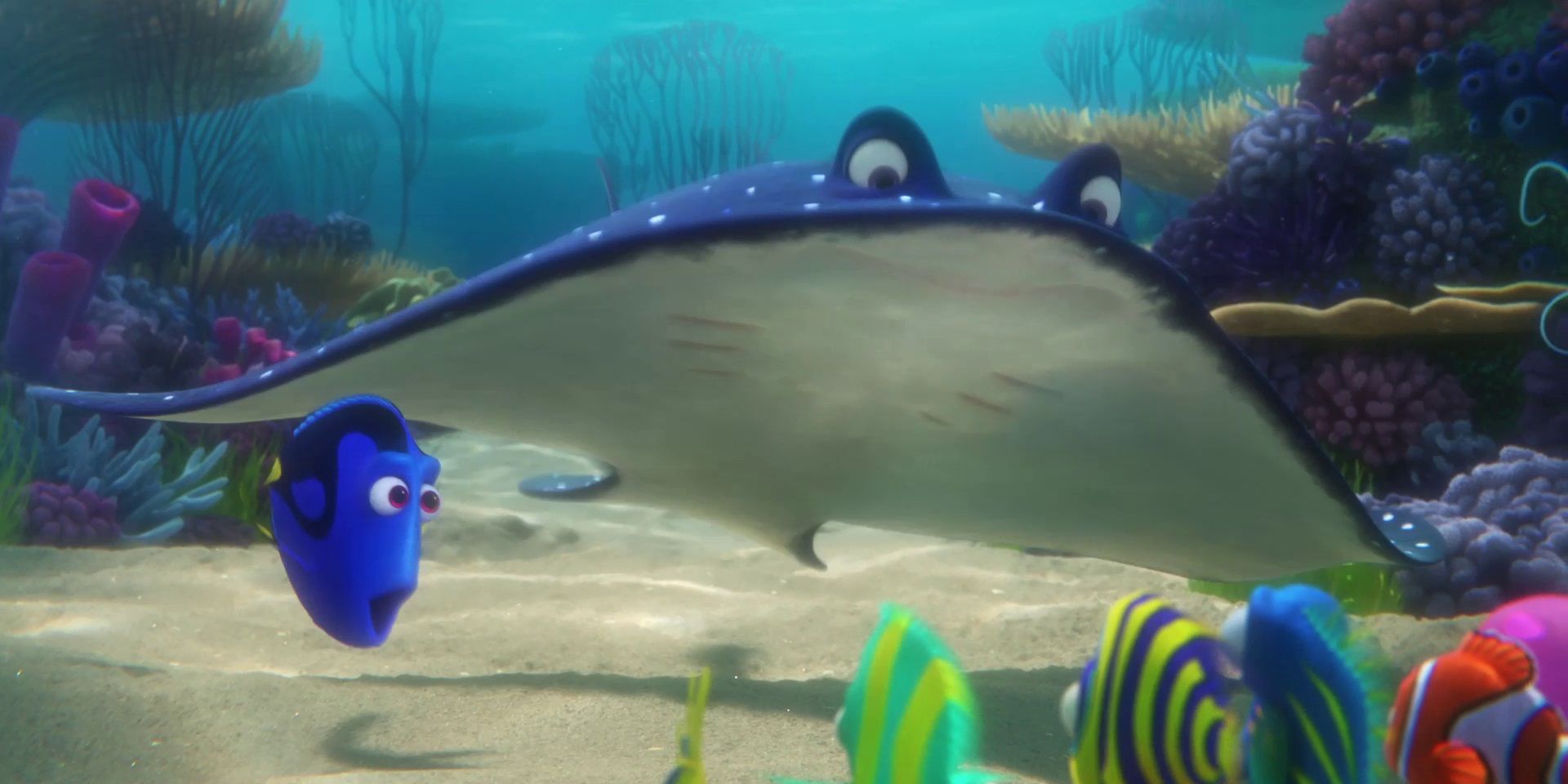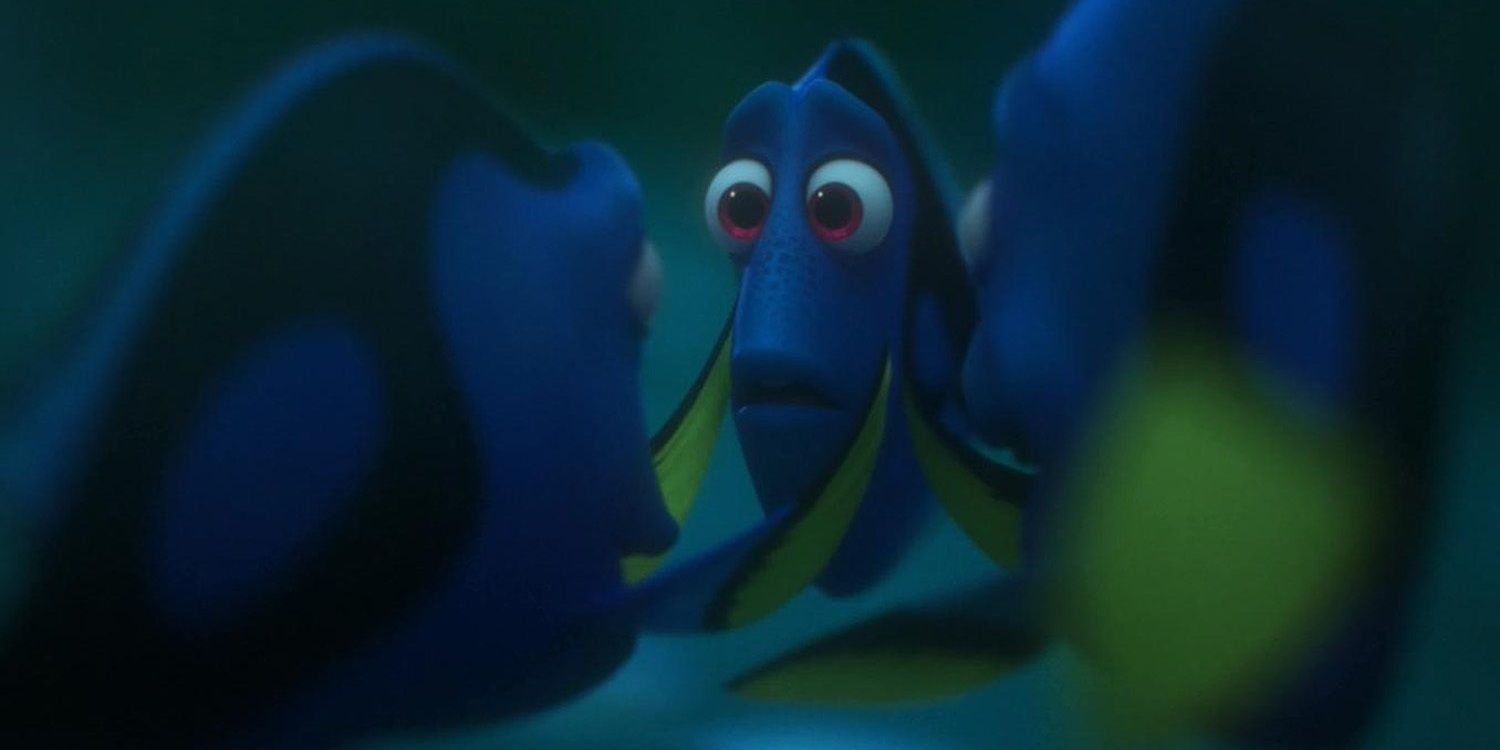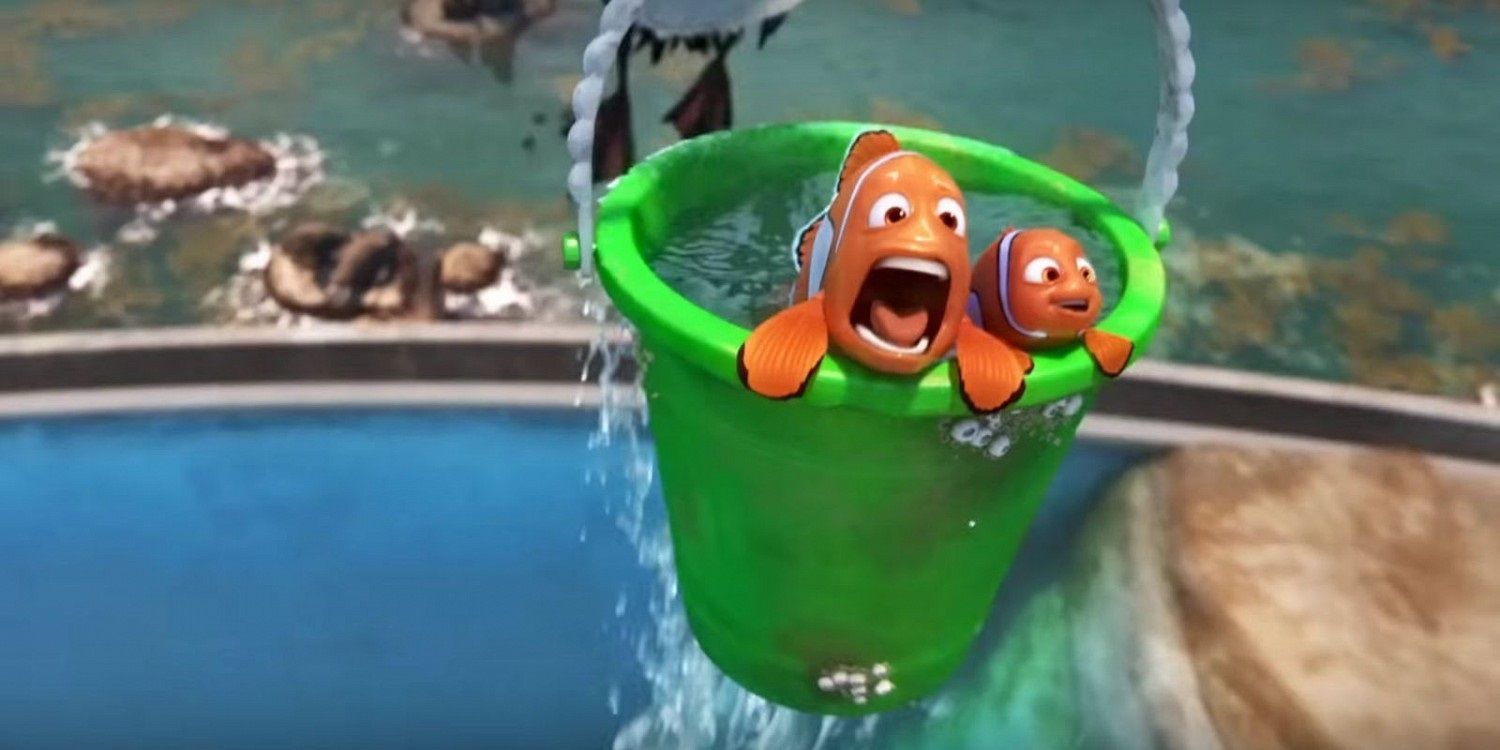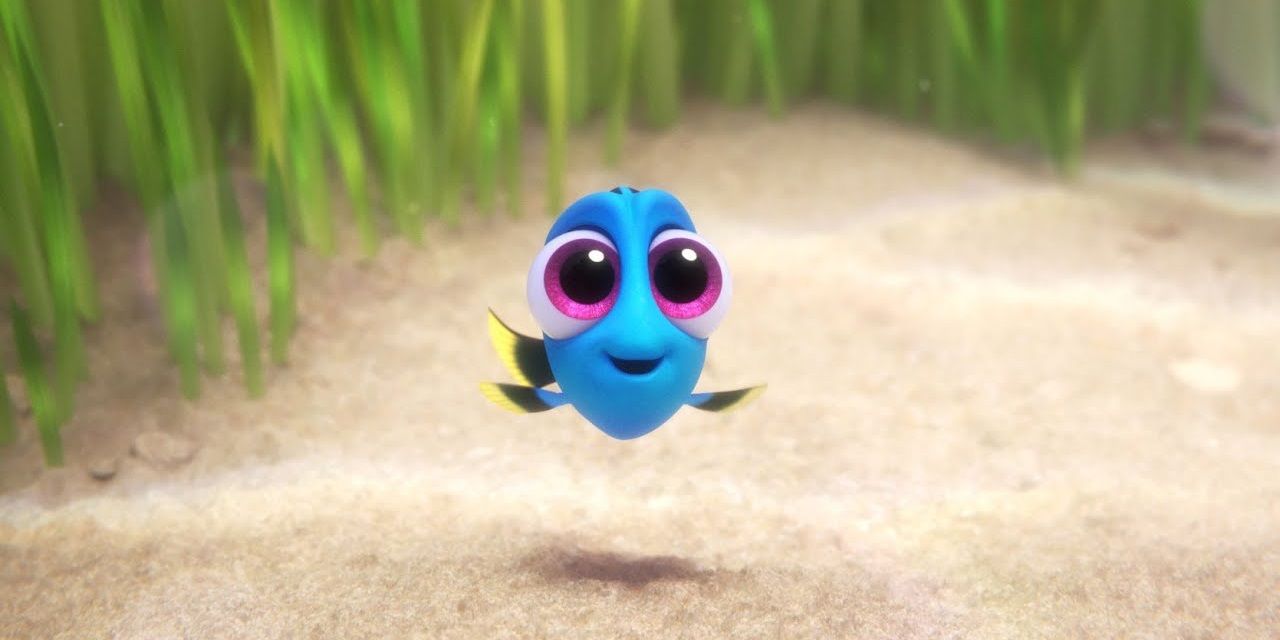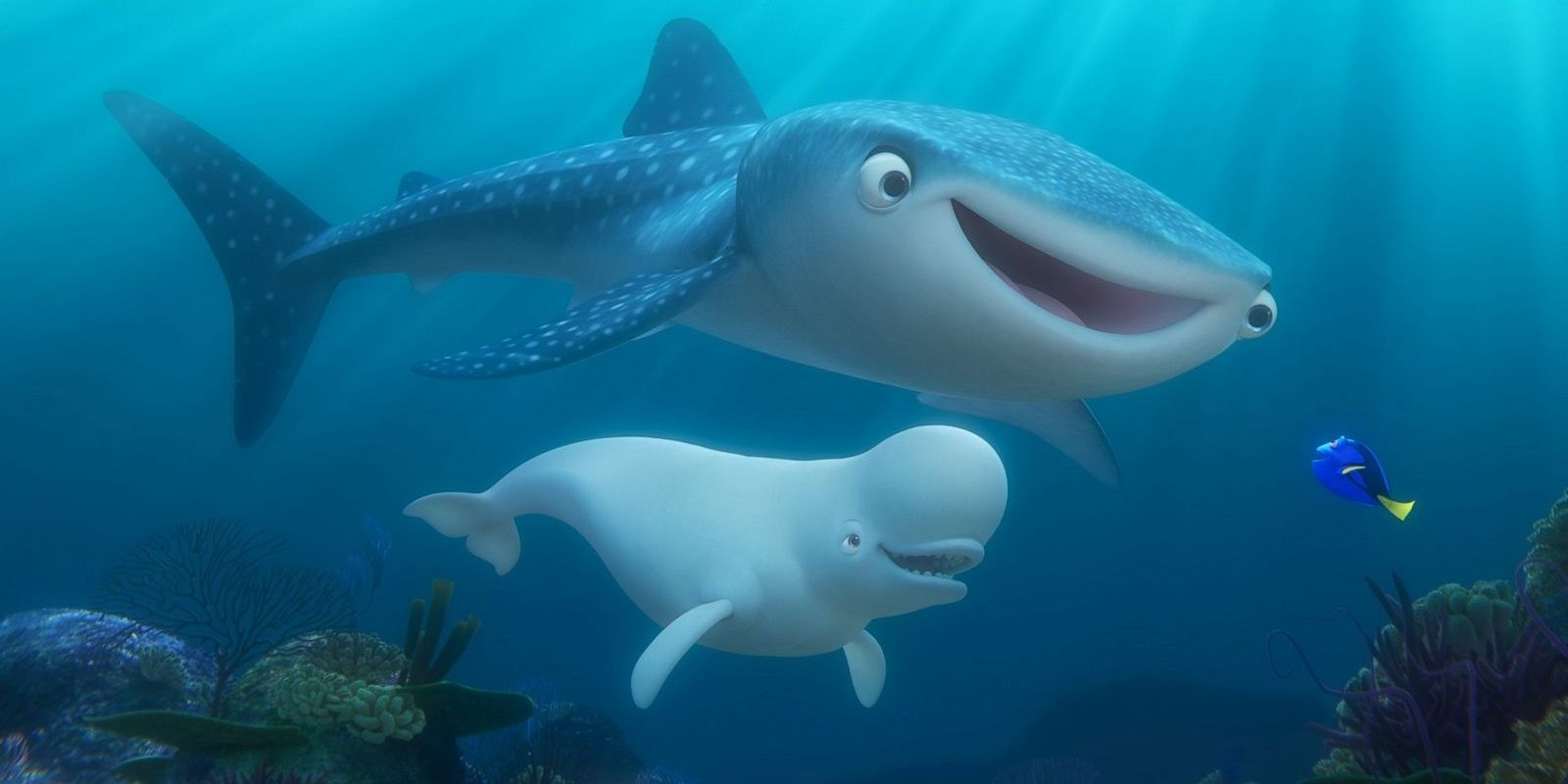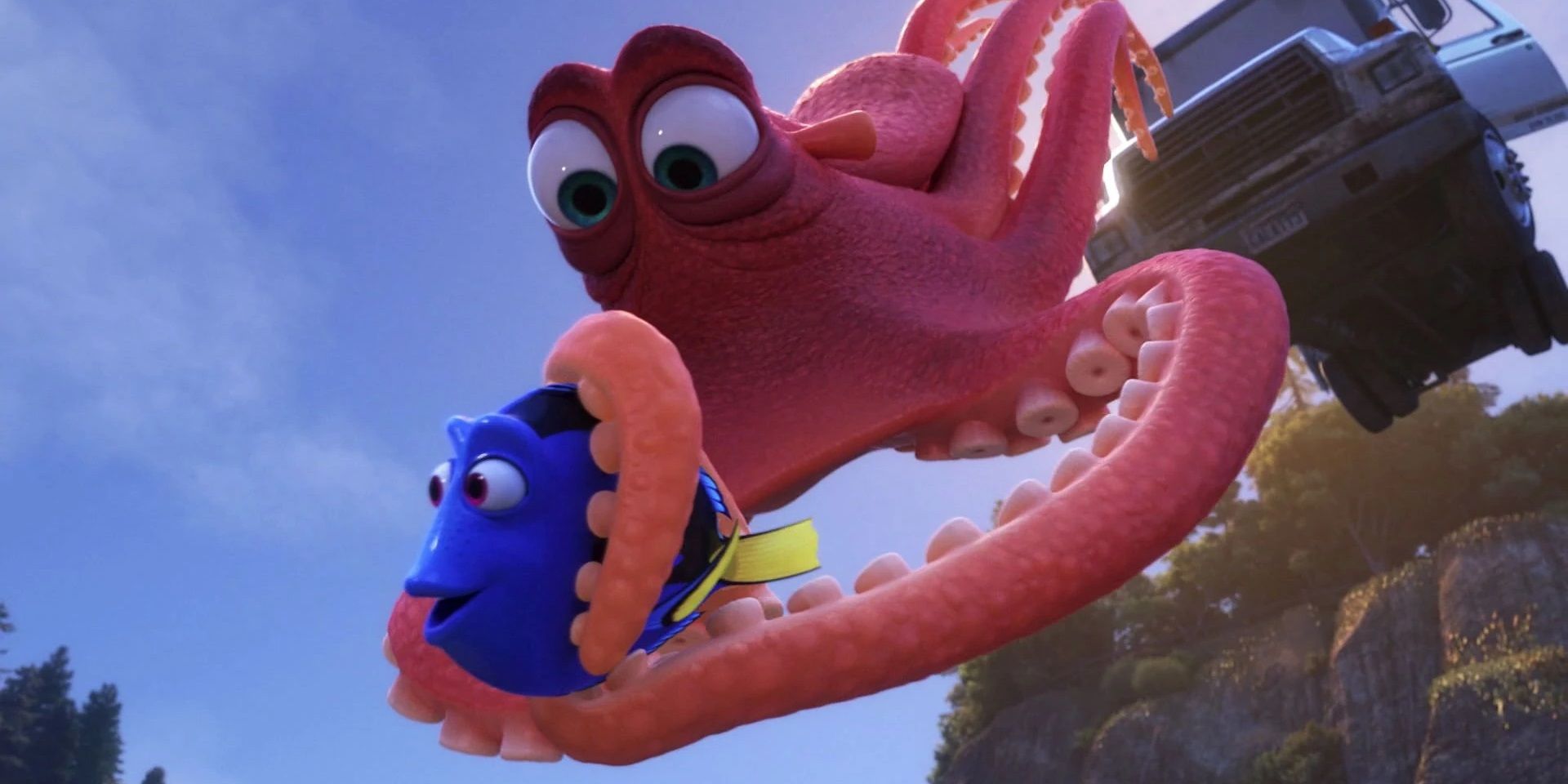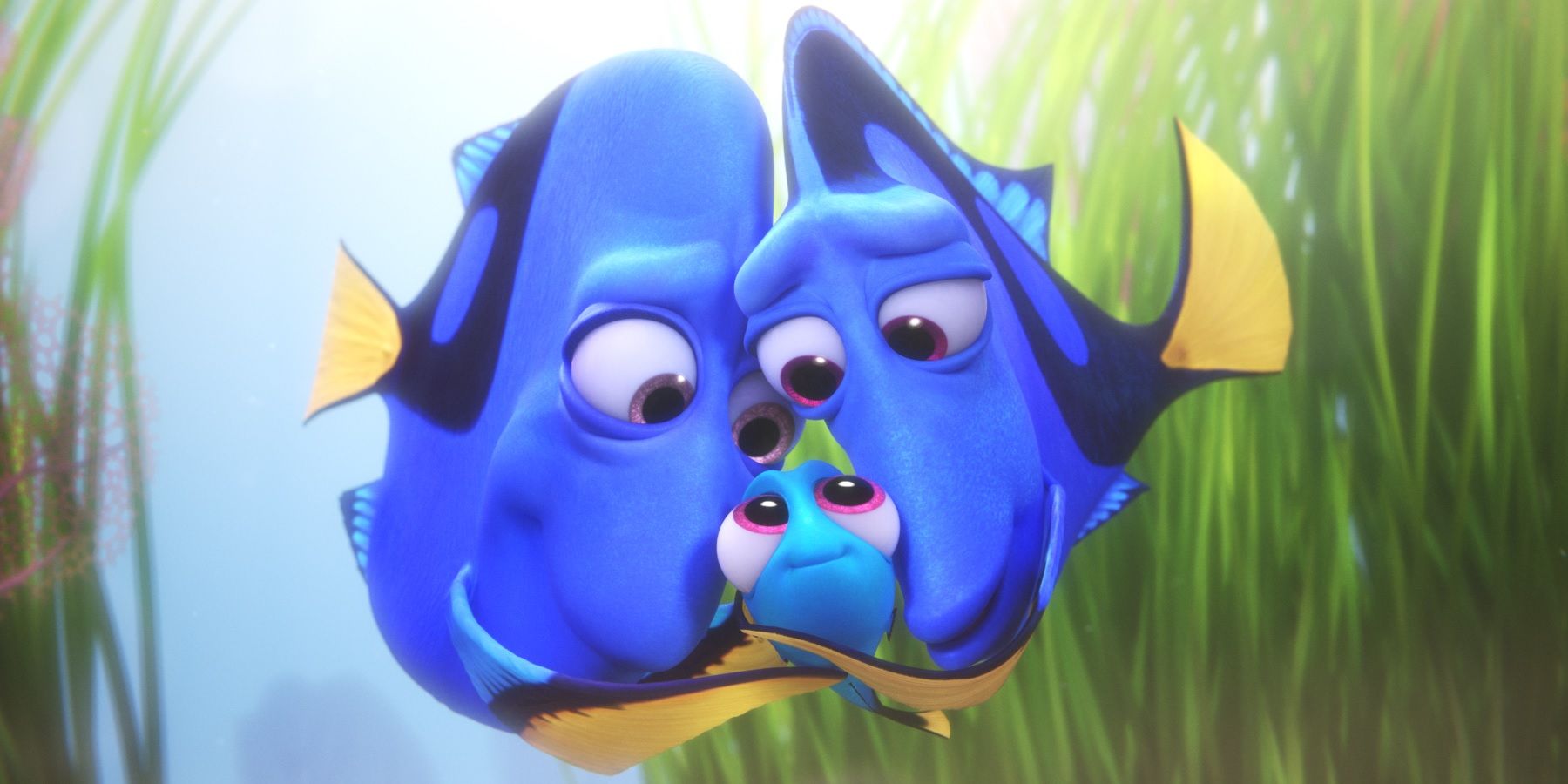Over a decade after breaking new ground with his animated masterpiece Finding Nemo, Andrew Stanton returned with a sequel, Finding Dory, that shifted the focus onto everyone’s favorite amnesiac blue tang as she tried to find her long-lost parents. Like many Pixar sequels, Finding Dory was a mixed bag, but generally satisfying.
Upon its release in 2016, Finding Dory made a boatload of money, topping the original and breaking the $1 billion mark to become the highest-grossing animated movie at the North American box office (later broken by another Pixar sequel, Incredibles 2). Despite this popularity, the movie has some flaws.
Right: Telling A New Story
From Die Hard 2 to The Hangover Part II to Home Alone 2: Lost in New York, when it comes to making sequels, filmmakers can often rehash the premise of the original in lieu of coming up with a new story. The most obvious idea for a sequel to Finding Nemo would involve Nemo somehow going missing again.
So kudos to Andrew Stanton for coming up with a new story. This time, Dory goes missing and it’s not an accident — she runs off to find her parents.
Wrong: Smaller Scale
The Pixar team brought the oceans to life in Finding Nemo. The movie had an epic scale, taking audiences from Nemo’s quaint coral home to the deepest depths of the ocean and back again. Marlin and Dory journeyed through swarms of jellyfish, rode the East Australian Current, contended with sharks and got eaten by a blue whale.
By contrast, the fact that Finding Dory is mostly confined to the Marine Life Institute feels like a step backwards. It’s like if after Star Wars’ intergalactic adventures, The Empire Strikes Back was set entirely on the Hoth base. Sequels usually go bigger, but Finding Dory went way smaller.
Right: New Character Additions
No actor in the world was going to turn down an offer to appear in the Finding Nemo sequel, so Andrew Stanton was able to find the perfect person to play each new character, and many of the new additions to the roster are great.
There are Diane Keaton and Eugene Levy as Dory’s parents; It’s Always Sunny’s Kaitlin Olson as a short-sighted whale shark; Sigourney Weaver as herself; The Wire’s Idris Elba and Dominic West as a pair of sea lions; and Modern Family alums Ed O’Neill and Ty Burrell as a curmudgeonly octopus and a dim-witted beluga whale, respectively. Indeed, Finding Dory is filled with delightful character additions.
Wrong: Repeating Jokes From The First One
A lot of the gags from Finding Nemo, like Dory’s belief that she can communicate with whales, got repeated to lesser effect in Finding Dory.
This is a common problem with comedy sequels. Instead of coming up with new jokes for their characters, the same jokes from the first one are just repackaged.
Right: Lots Of Heart
Not everything in Finding Dory works, but its heart is always in the right place. Dory’s reunion with her parents at the end of the movie is one of Pixar’s all-time sweetest moments.
The opening flashback in which Dory grows up wandering aimlessly through the ocean, asking for help finding her family, isn’t as heartbreaking as the original’s barracuda attack opening, but it’s still pretty sad.
Wrong: Broader Humor
The comedy in Finding Nemo is smart and sharply written, but the comedy in its sequel went a lot broader and sillier. There were silly moments in Finding Nemo, of course, but it wasn’t the movie’s presiding comic sensibility. In Finding Dory, it is.
While Finding Nemo is a prime example of a Pixar masterpiece that can be enjoyed by audiences of all ages, Finding Dory was made more for the kids than their parents.
Right: Dory’s Backstory
Since Dory just bumps into Marlin in Finding Nemo and doesn’t know anything about herself, the audience doesn’t know anything about her, either. This paved the way for Finding Dory to fill in her backstory, but it could’ve easily been disappointing.
Luckily, Andrew Stanton managed to give Dory a backstory that pleased fans of the character and fits in neatly with the limited information we knew about her from the first movie.
Wrong: Slow Pacing
The original Finding Nemo movie moved at a rapid pace. Moments after Bruce the shark’s introduction, he got a taste for blood and tried to devour Marlin and Dory. As soon as they arrived in the deep, dark depths of the ocean, they were attacked by an anglerfish.
Unfortunately, Finding Dory didn’t maintain this pace. The movie is incredibly slow, meandering from set piece to set piece with only the briefest glimmers of excitement and suspense.
Right: The Big Finale
While the plot of Finding Dory is disappointingly small-scale, the finale is a big, fun, rollicking spectacle. Dory hijacks a truck, drives it around a busy highway, and then jumps it off a cliff and crashes it into the ocean, freeing all the marine life inside.
The slow-motion gives the audience enough time to spot all the hilarious little details, while Louis Armstrong’s “What a Wonderful World” provides the perfect soundtrack for the scene.
Wrong: Forced Message
Despite being set under the sea, there was a heartwarming relatability in Finding Nemo because it explored every parent’s worst nightmare — losing their child — and the lengths that one father will go to in order to get his son back. The message about the advantages and disadvantages of overprotective parenting was universally applicable.
However, the message in Finding Dory is less clear. It has something to do with figuring out a place to call home and a sense of community, but it was a lot more tacked-on and disingenuous than the message in Finding Nemo.

